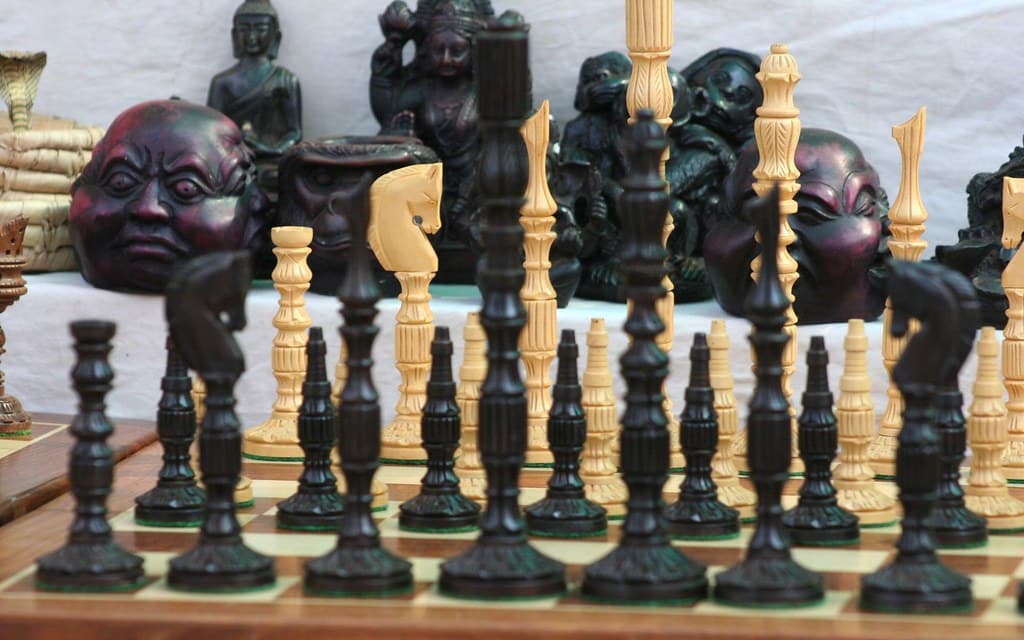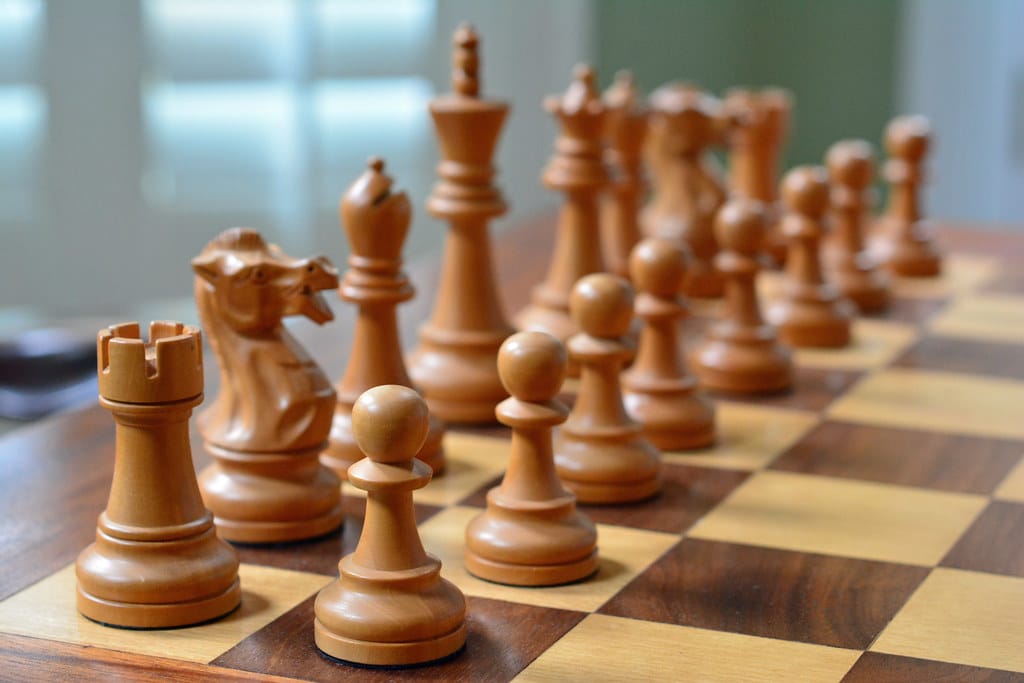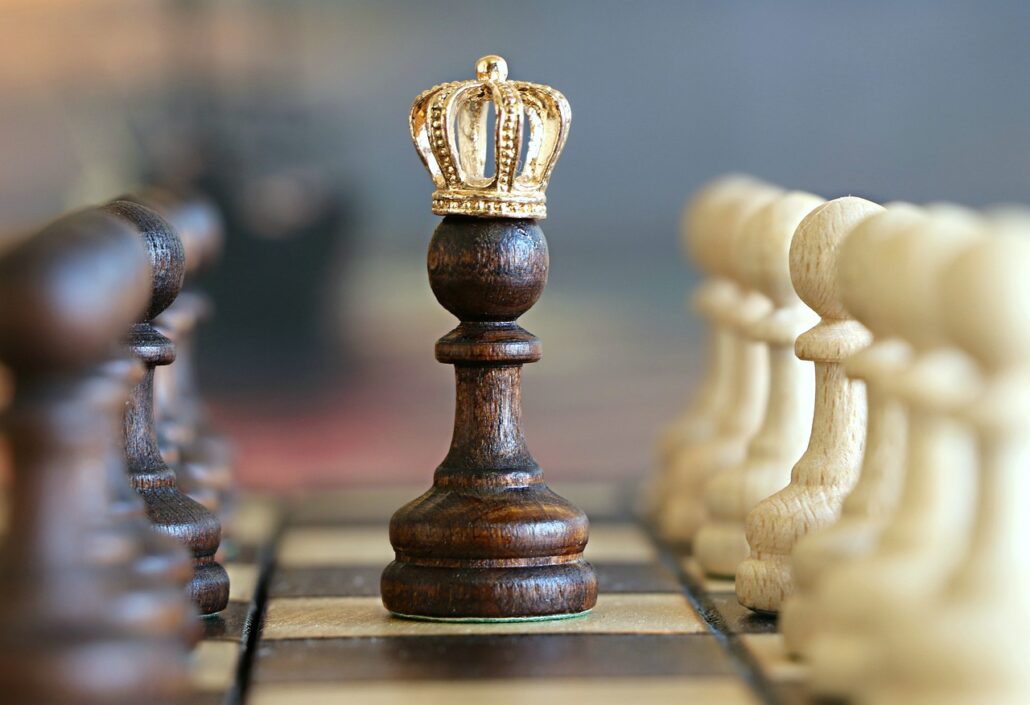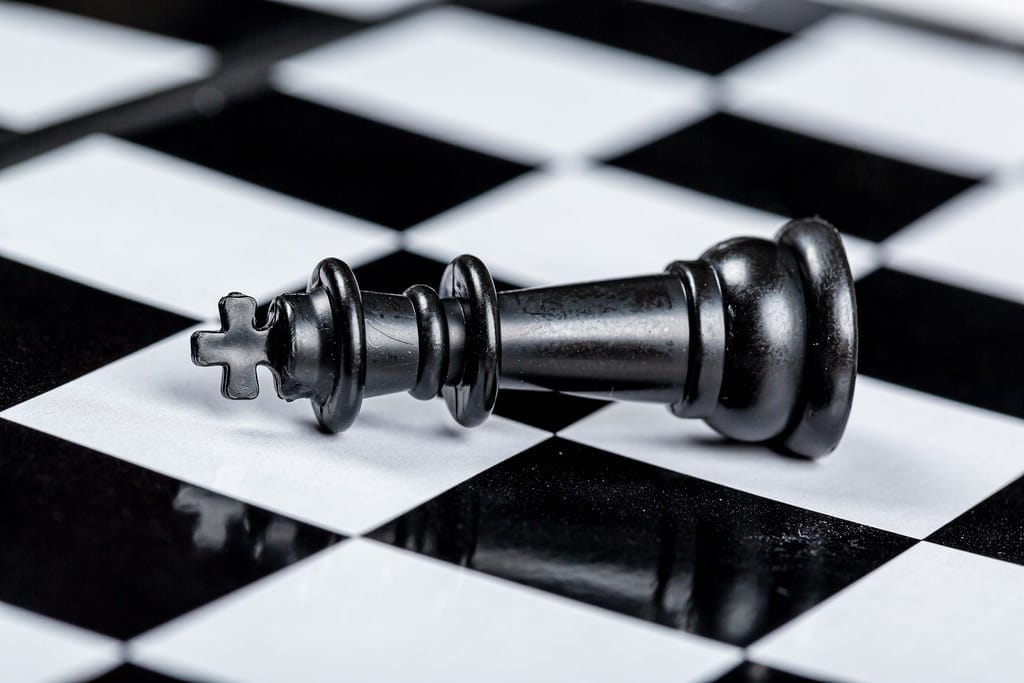Chess is a game of strategy and skill. Although there are many pieces on the board, each piece has its own value. Knowing the value of each piece can help you make better decisions during the game. This article will teach you about chess piece values and how to use them to your advantage.
Each chess piece has a different value. The most valuable piece is the king, which is worth more than all other pieces combined. The queen is the second most valuable piece, and is worth nine points. The rook, bishop, and knight are each worth five points. Finally, the pawn is worth one point.
The chess piece values are important in a few different ways. First, you need to be able to properly evaluate a position. Knowing the value of each piece will allow you to assess who is winning and losing in a given situation. Second, you need to use the values to guide your decisions. If you can trade a piece for a more valuable one, it will help your position.
Table of Contents
Chess piece values
Chess piece values have different values according to their importance in the game. The King is the most important piece and is worth infinite points. The Queen is the most powerful chess piece and is worth 9 points. Rook is the second most powerful piece and is worth 5 points. Bishop is worth 3 points, Knight 2 points and Pawn 1 point.
Each chess piece values are important because it helps players to decide which pieces they should protect and which pieces they should sacrifice. The Queen, Rook and Bishop are the pieces that should be protected in the game. The Knight and Pawn are generally sacrificed to gain an advantage.
The value of the pieces is also important when calculating the material balance in the game. Material balance is the difference between the total value of each player's pieces. A material imbalance can indicate who is likely to win the game.

What are the values of each chess piece?
Chess is a classic two-player strategy game with many variations. Each player starts with 16 pieces of different values, arranged on an 8×8 board. The pieces are: King, Queen, Bishop, Knight, Rook and Pawn. The King is the most valuable piece and the Pawn the least. The Queen and the Rook are worth 9 points each, the Bishop and Knight are worth 3 points each, and the Pawn is worth 1 point.
The King is the most important piece in chess, as it is the only piece that must be protected at all costs from capture. The Queen is the most powerful piece on the board, with the ability to move any number of squares in any direction. The Rook can move any number of squares horizontally or vertically, while the Bishop can move any number of squares diagonally. The Knight can move in an L-shape, and the Pawn can move one square forward.
Each piece has its own unique movements and rules of play, and they all must be taken into consideration when strategizing. Each chess piece values is determined by its ability to threaten or protect other pieces, and its ability to control critical areas of the board.

Is a knight or bishop more valuable?
A knight and a bishop are two important pieces of the game of chess. In general, a bishop is a more valuable chess piece than a knight because it can move in any direction, while a knight can only move in an L-shape. A bishop can also control a larger portion of the board due to its extended range of movement. However, the knight is not without its advantages. It can jump over pieces and can be used to attack more quickly than the bishop.
Both pieces can be used to checkmate the opponent, but the bishop is more often used to do so. The knight is also more useful in the early stages of the game since it can move more quickly across the board. The bishop is more useful in the endgame, when the board has fewer pieces.
Overall, a bishop is the more valuable chess piece. It can control more of the board, and can be used in a wider variety of situations. The knight can be useful in certain scenarios, but the bishop is generally the more advantageous piece.
What are the 7 chess pieces?
Chess is an ancient game of strategy that remains popular in the modern age. The game is played on an 8×8 board between two players, each with their own set of 16 pieces. The pieces are divided into two sides, white and black.
The pieces on each side consist of the following seven pieces: a King, Queen, two Rooks, two Bishops, and two Knights. The King is the most important piece, as it is the goal of the game to checkmate your opponent’s King.
The Queen is the most powerful piece, able to move in any direction and across any distance. The Rooks are the tallest pieces, able to move straight lines in any direction. The Bishop moves diagonally across the board and can cover a wide area.
The Knights move in an “L” shape and can jump over other pieces. All pieces have the ability to capture an opponent’s piece, except the King, which cannot capture any pieces.

Is a queen worth 9 or 10 points?
The chess piece values in case of a queen in card games is usually 9 or 10 points. In most card games, a queen is worth 10 points, but in some card games, a queen is worth only 9 points. The game usually determines the worth of a queen. A common variation of the game of Rummy, for example, assigns a value of 9 points to the queen.
In the game of Pinochle, a queen is worth 8 points in melding, but 10 points in trick taking. In some card games, the queen may be worth either 9 or 10 points, depending on how it is used. For example, in the game of Hearts, the queen of spades is worth 13 points, while all other queens are worth 10 points.
In most card games, the queen is an important card and is worth either 9 or 10 points. Players should check the rules of the game before playing, to make sure they know the value of the queen in that game.
In conclusion, Chess piece values are essential to understand in order to play a successful game of chess.
The chess piece values are based on their ability to move and capture other pieces. The most valuable pieces are the Queen and the Rook, followed by the Bishop and the Knight. The Pawn is the least valuable piece, but it can be promoted to a higher-value piece if it reaches the opposite side of the board.
Knowing the value of each piece is important when planning your moves and deciding which pieces to capture. It is also important to remember that the value of pieces can change depending on the situation. Therefore, it is important to be aware of the relative values of pieces at all times.






